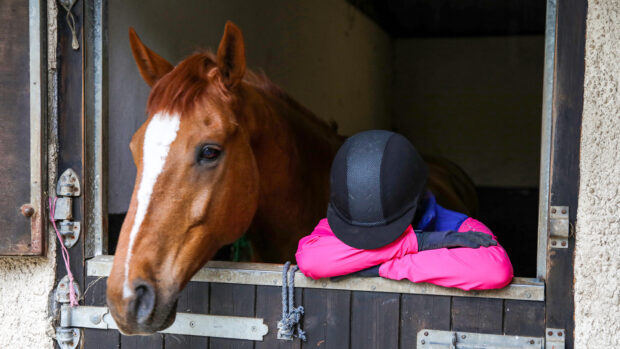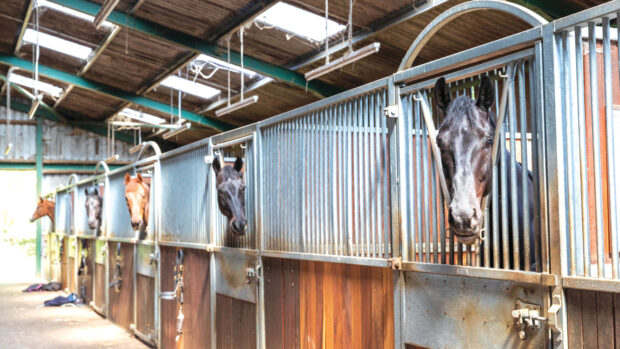Q: WE run a small DIY livery yard as a sideline to our farming business. A new client arrived recently with two horses, both of whom are sharp competition animals. Our worry is that she does not wear a hat when schooling or hacking out. She is clearly a competent rider — but this is the harvest season. What would our position be if she were to fall as the result of her horse being spooked by machinery, especially if she or the horse was injured as a result?
RB, Wilts
H&H asked Stuart Farr, a partner at Laytons Solicitors, for advice.
“The dilemma you face is a common concern among livery yard and riding school owners, as well as the increasing numbers of landowners seeking to diversify their farming businesses,” says Stuart.
“The Occupiers’ Liability Act 1957 imposes a common duty of care on an occupier of premises to ensure that a visitor will be reasonably safe in using premises for the purpose for which he or she is invited.
“Accordingly, the law obliges you not only to avoid creating dangers yourself, but to take reasonable steps to protect your visitors from dangers you did not create.
“That is not to say that you have to stop your harvesting activities,” continues Stuart.
“However, you will need to take positive steps to ensure that your liveries are warned of the dangers. Carry out a risk assessment and carefully plan what you need to do to make the premises as safe as possible.
“Practical steps might include keeping harvesting and riding physically separate by making certain areas ‘out of bounds’ for riding at specific times. Other steps might include putting up appropriate warning signs or barriers and issuing notices to your customers and employees.
“There is presently no legal requirement for adults to wear a hat when riding, although for minors under 14 years old, approved standard headwear is compulsory when riding on the road. In any event, it will not absolve you of your duties as an occupier, even if a customer chooses not to wear a hat.
“That said, insisting on hats being worn does go partway towards fulfilling your duties as an occupier, so it is now common practice for livery and riding school owners to insist on customers wearing hats while on their premises or while carrying out certain activities, such as riding or lungeing.
“This is often achieved by imposing an express contractual obligation within the livery agreement, or yard rules.”
Jane Davies set up the Mark Davies Injured Riders Fund in 1988 with her husband, Michael. Jane’s son Mark died as a result of an accident at Burghley Horse Trials, so Jane believes it is simply common sense for all riders to wear an approved riding hat.
“Although it’s advisable, not all riders wear hats, but the same thing used to happen with seat belts,” she says.
“The majority of head injuries involve impact to the temple and some incidences of serious brain damage have been the result of falls from horses at walk on grass surfaces.
“Our advice is to always wear a hat and replace it if it receives an impact.”
Information
Laytons Solicitors Tel: 0161 834 2100 www.laytons.com
Mark Davies Injured Riders Fund Tel: 01726 813156 www.mdirf.co.uk
This Q&A was first published in Horse & Hound (13 September, ’07)


